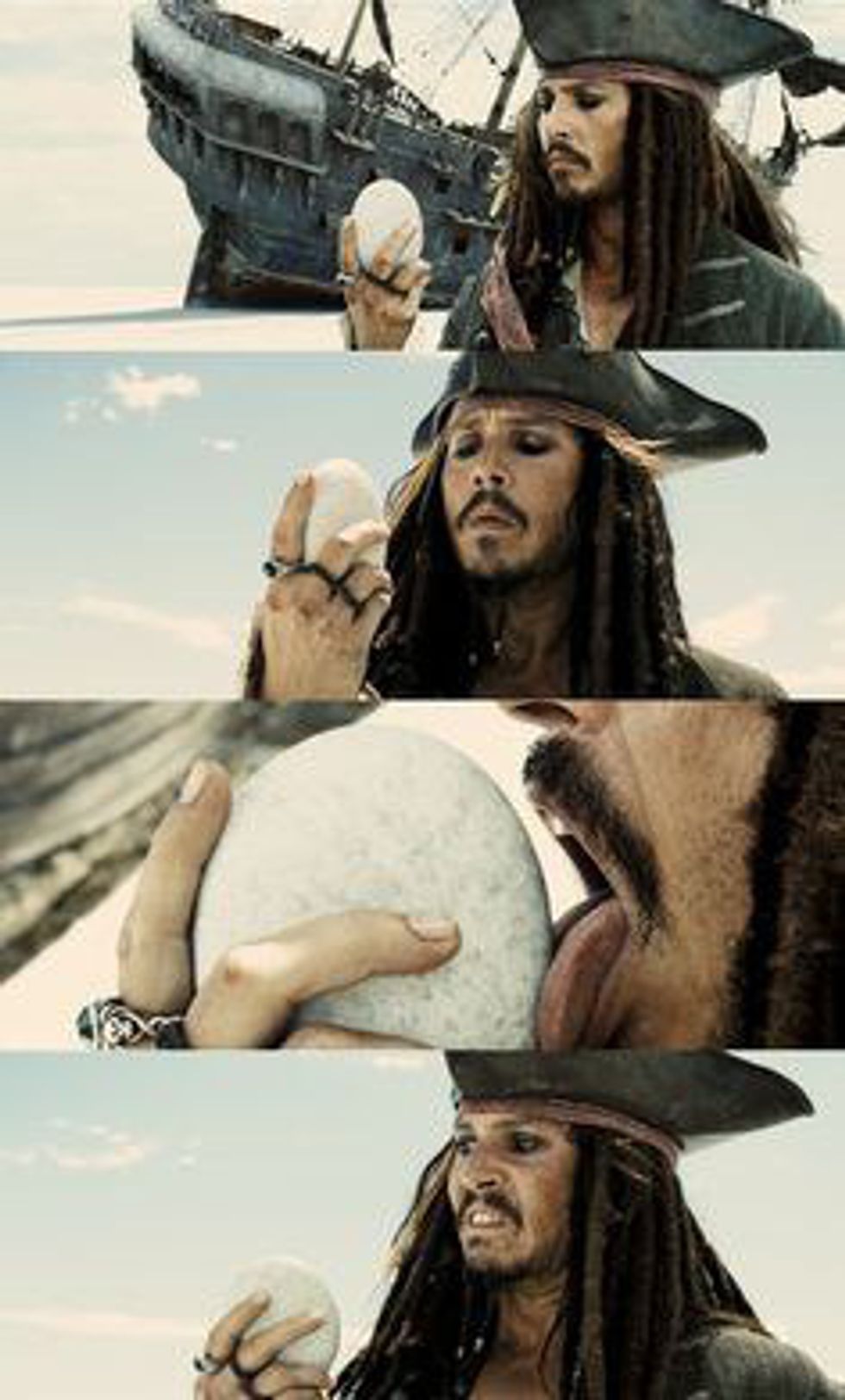As I was going through my inbox today, gingerly opening one email after another from the aptly-titled “promotional” section of Gmail, this email jumped out at me.
Beautifully designed and purporting to be full of useful information about the many uses of an Ottoman, the email almost managed to convince me to get one for myself.
It’s another matter that I personally think Ottomans (Or is it Ottomen?) are some of the most useless pieces of furniture one can have in the house. Not to go into too many details, but I think Ottomans fall somewhere between a sofa and a stool, except they ain’t comfortable as a sofa or useful like a stool for a piece of furniture that consumes as much space as they do. Now I’m one of those people who likes efficient pieces of furniture that actually save space as I detailed in my home decor blog.
But, I digress. Point is, I almost bought that Ottoman based on an email. A promotional email at that. And I’m one of the more practical and less-impressionable consumers there is. Most ain’t. If email marketing agency Hustler Marketing is to be believed, emails really work and get nearly 30-50% conversions! Which means nearly 30-50% of an online store’s sales come from emails alone. Imagine how many people bought that Ottoman from the email!
That’s a lot of people buying things they don’t necessarily need or want based on a piece of attractive content that’s too convincing to ignore. This is what zealous marketers ( myself included) hope and work for. We write persuasive copy, including the ones in emails, tell engaging stories, design beautiful emails and ads, and offer hard-to-resist discounts all in the hope of selling more.
So what’s wrong with this? The wallet permits it, so let them buy it, buy it all?
Environmental cost of ecommerce.
At a time, when our generation is throwing around words like sustainability and conscious consumption, we’re also buying more than ever. Just like that ottoman, surely, your gf didn’t need a serum with a chemical compound you can’t pronounce her mother did just fine without for 50 years and you did not need that one-time use radioactive party strap for your Apple watch. Heck, you didn’t even need the 56th edition of the Apple watch in the last 2 years, and yet here we are. Proud of all those parcels making our doorbells ring nonstop like little gifts to ourselves. Not only is supply-chain involved in shipping and packaging all these products is fraught with plastic and other waste, it’s also the disposal of all the one-time use products we consume and throw away. The world has an over consumption problem, leading to pollution and climate change as we know it.
Online spending habits are also leading to an unhealthy spending pattern where a clutch of people are falling into a “spend beyond your means” trap which does not support their income or long-time financial stability.
Can marketers actually bring in a positive change?
While conventionally most marketing is designed to sell more, a school of thought avers that marketing can be responsible too. A great example of this would be some of the “exchange your old” x schemes by certain retailers who encourage their users to bring their old and used items in exchange for a discount for new ones so that these items can be responsibly disposed of or
recycled by the former. Similarly, rather than focus on the single goal of “buy more” , marketers can have a more wholesome approach towards conscious consumption by limiting single use product sales and offering more sustainable and long-lasting alternatives.
Responsible marketing begs another blogpost of its own, but for now, suffice to say, I’ll be ignoring that promotional inbox and generously using ad blockers, not because they’re annoying (some of them are), but more so because I’m vulnerable and I might end up buying that super portable, sleek and chic, energy saving, USB blender I definitely do not need.
This article is written by Monica Bansal.


































